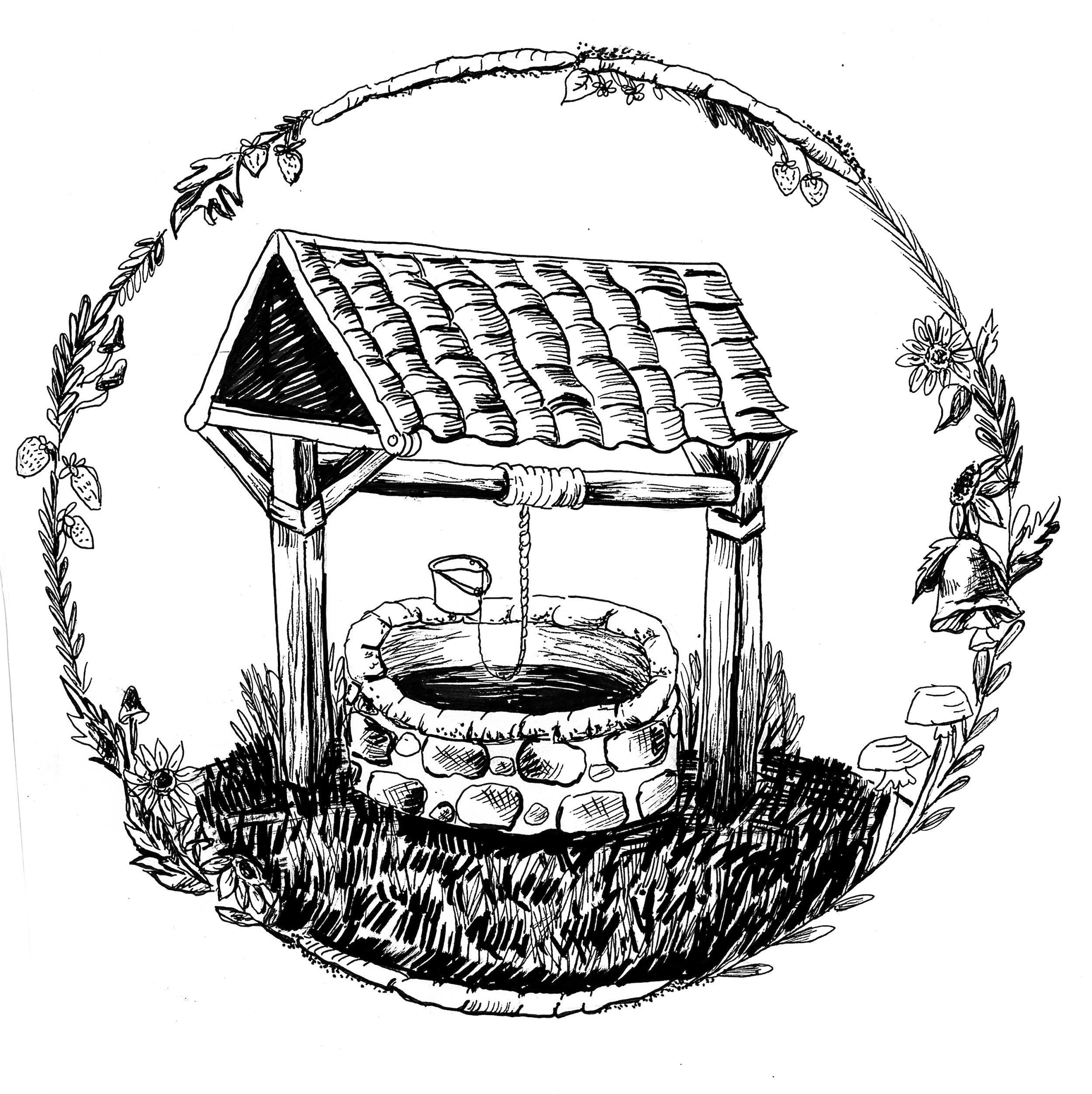Hydrosphere and Atmosphere: The Necessities of Life

One side of evolution deals with the satisfaction of vital needs, defence, survival of the species and growth by modifications towards perfection. Another—and stronger—factor in evolutionary process is concerned with the cosmic function of each living being, and even of inanimate natural objects, working in collaboration for the fulfillment of the Purpose of Life. (Montessori, 1948/2007, p.27)
What is life? If I were to ask any number of people this question, I would likely get just as many unique answers. Major differences in worldview within the scientific community have prevented universal consensus on the subject. In my exploration I am approaching the question with systems thinking in mind. Specifically, viewing life as an emergent property—”a property that is not present in the parts [of a system] and originates only when the parts are assembled together” (Capra & Luisi, 2014, p.133). Somehow, within the turbulent biogeochemical processes of Earth’s primordial atmospheric conditions, life emerged. The origin of life continues to perplex scientists across various disciplines. According to Capra and Luisi (2014):
It is generally accepted that life on Earth originated from inanimate matter via a very long series of chemical steps which brought about a spontaneous and continuous increase of molecular complexity and functionality, until the emergence of the first compartmentalized structures (protocells) capable of making copies of themselves at the expense of their surroundings. (p.216)
As mentioned previously in the notion of structural coupling between living systems and their environment, living beings follow a structurally determined flow congruent with the flow of the environment. Each change of structure influences the future behavior of a living system which impacts the interactions of the living system with the environment. This coupling does not mean the environment determines the changes of a living system but can trigger (bifurcation points) changes. Scientists who consider the cradle of life from a deterministic school of thought maintain that the emergent properties of life on Earth were an inevitable structural change determined by the pre-biotic conditions of the environment. Absolute determinism claims this inevitable change was certain to lead to human life. The opposing view based on contingency—”the simultaneous occurrence of factors which are independent of one another but together determine a specific event in a precise temporal and spatial situation” (Capra & Luisi, 2014, p.210)—is distinguished from determinism by the simple idea that life might have never emerged or could have taken another path not leading to the development of humans. I present these ideas without the intention of claiming determinism or contingency as truth but rather to lead to a diverse wonder of the mystery of life. What implications do the mysterious origins of life have on my scientific world view as a Montessori adult? I can easily think we have plenty of air to breathe and water to drink at this time in history, but will this always be the case? Will the Earth’s systems maintain structures that support human life if I continue to live without consideration of the biogeochemical cycles happening all around me?
WORK CITED
Capra, F., & Luisi, P. L. (2014). The systems view of life: A unifying vision. Cambridge University Press.
Montessori, M. (2010). To Educate the human potential. Montessori-Pierson Publishing Company. (Original work published 1948)


